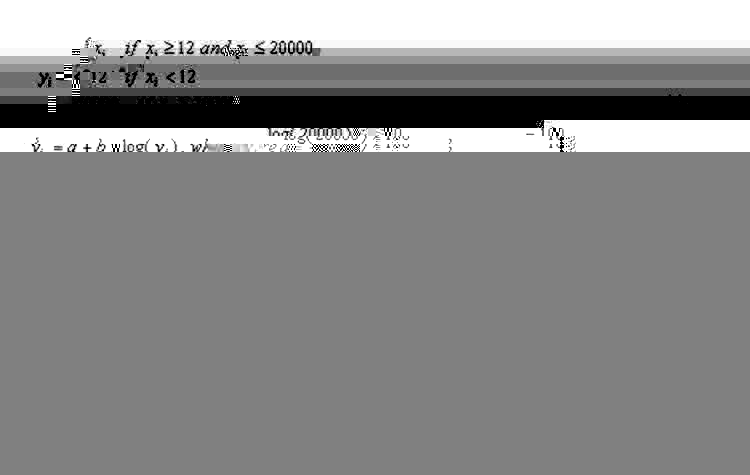Documentation | |
Scaling of binding scores and evaluation of prediction performance | |
|
Immunological data reported in different studies are measured under different experimental conditions or with different reference peptides. It is inappropriate to simply combine heterogeneous data without any transformation of raw binding affinities. To enable inspection and comparison of predictions for different HLA alleles we scaled all the data to a common scale, e.g., from 0 to 100 using logarithm and linear transformation. The below three data transformation equations (1), (2), and (3) are for mapping of measurements of binding affinities expressed as concentrations (in nM), measurements expressed as relative binding affinity (in %) to the labeled reference peptide, and measurements used by Multipred and Hotspot Hunter data sets, onto 0-100 scale,.
where
Based on these datasets, a number of computational models could be developed to address different problems. Some models may focus on distinguishing MHC binding peptides from non-binding peptides, while some others were used to predict the binding affinity between MHC molecules and peptides. Thus different strategies should be employed to evaluate their performance. For the assessment of classification accuracy, the area under the ROC curve (AROC) could be used. This curve is a plot of the true positive rate TP/(TP+FN) on the vertical axis vs false positive rate FP/(TN+FP) on the horizontal axis for the complete range of the decision thresholds. The values AROC>=0.9 indicate excellent, 0.9>AROC>=0.8 indicate good, 0.8>AROC>=0.7 indicate marginal and 0.7>AROC indicate poor predictions. To assess the accuracy of binding affinity predictions, the Pearson correlation coefficient could be used: where |
|
Link to other online resources | |
|
|
|
Version 1.0, Sep 2009. Developed by Bioinformatics Core at Cancer Vaccine Center, Dana-Farber Cancer Institute.
| |
